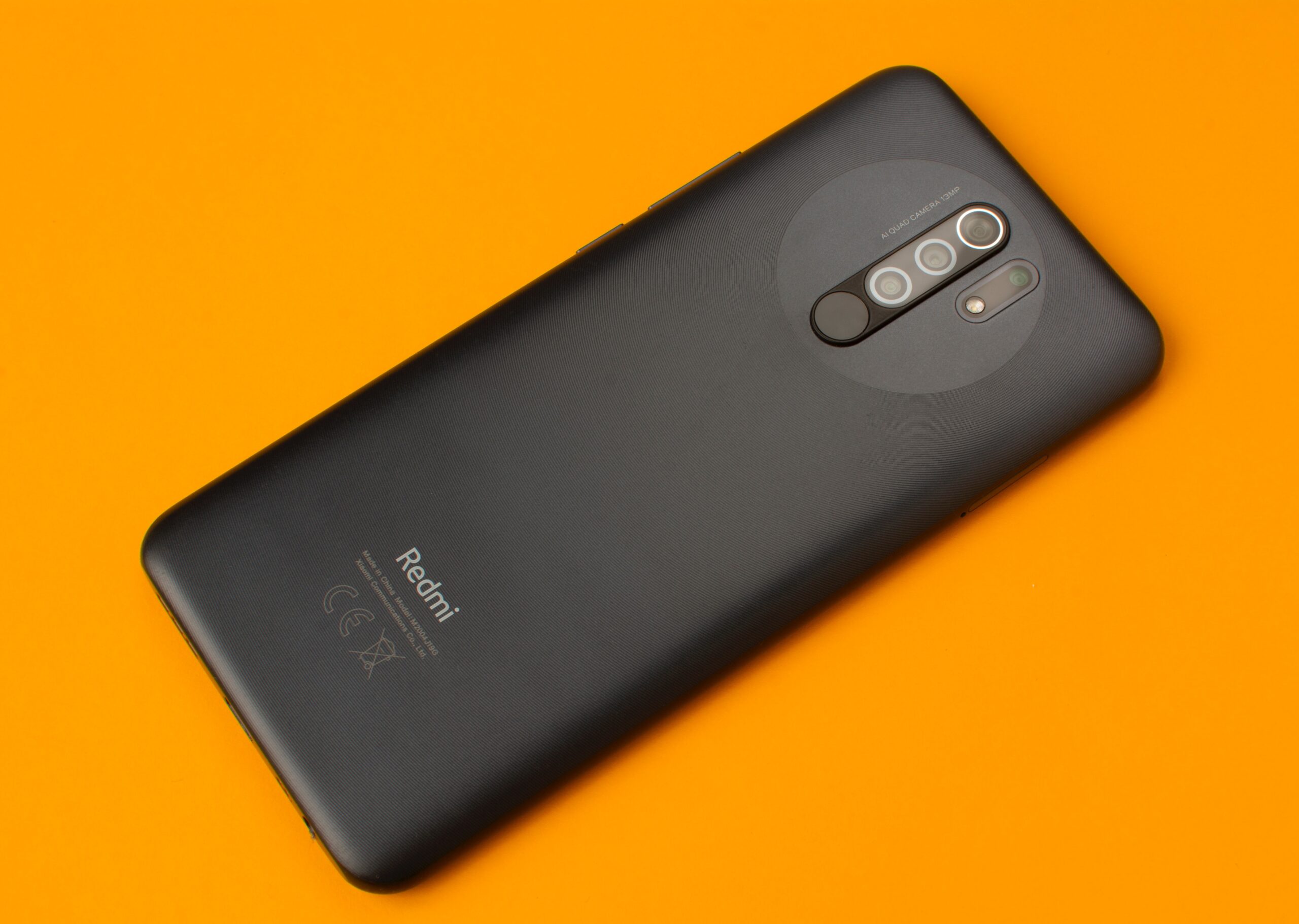Never get angry with your battery again. Scientists discuss how to make it last longer.
Running out of battery on your phone when you’re away from home or in the middle of an important meeting is a problem that most people have experienced. It can be quite annoying, but there are ways to avoid this problem.
Battery life is a constant challenge for technology companies. To overcome this problem, scientists at Rice University’s School of Engineering in the United States have developed a way to increase the capacity of lithium-ion batteries used in cell phones. Read on to find out more.

Research shows greater efficiency
According to a paper published by the scientists, the process works by coating a silicon anode, a type of electrode, with particles of more stable metallic lithium. Studies have shown that atomizing this anode increases battery life of the cell at 22% to 44%. The research also suggests that battery cells with higher coverage can achieve higher efficiency.
There are still no deadlines or expectations for this new feature to be implemented in cell phone batteries from major companies, but the news comes at a good time. The biggest smartphone brands are constantly trying to increase the operating time of their devices' charges.
Negative points
While this is considered a positive result, the study shows that there are still negative aspects to consider. When a battery is charged at 100%, it will start to discharge more quickly in the next cycle. This means that the battery life will decrease over time.
Sibani Lisa Biswal, a chemical engineer who led the research, says that one of the biggest problems with silicon is that it keeps forming what is called a Solid Electrolyte Interphase (SEI), which actually uses lithium. According to chemistry, this layer is formed when the battery cell’s electrolyte reacts with electrons and lithium ions. As a result, a nano-sized layer of salt is deposited on the anode. When the layer forms, it separates the electrolyte from the anode, preventing the reaction from continuing. However, the SEI can be damaged during successive charge and discharge cycles. It also regenerates itself, permanently depleting the battery’s lithium reserves.
Eco-friendly battery
Meanwhile, there is other research into making batteries more efficient and sustainable. As seen in the work of researchers at Flinders University in Australia and Zhejiang University of Science and Technology in China. Both have successfully completed the first stage of developing a battery that does not use toxic materials.
The new battery uses materials known as “stable organic radicals,” the main component of which is 2,2,6,6-tetramethylpiperidyl-1-oxy, also known as “Tempo.” They used an aqueous liquid as the electrolyte and were the first aluminum organic radical batteries. Its advantage is that it is non-flammable and stable in air, as well as being sustainable.
That said, there are several directions the mobile phone market could go, and these advances are unlikely to stop with these devices. These developments could eventually be applied to other devices, such as laptops, tablets, and other devices that use rechargeable batteries.


